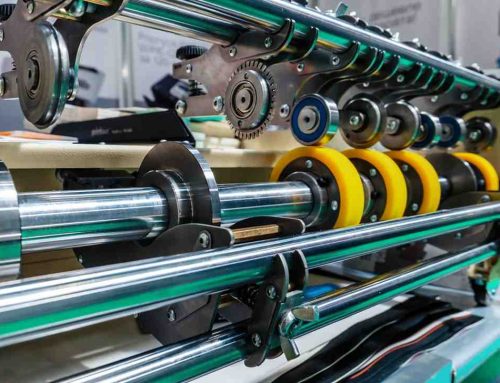Automotive gaskets are the solution for engine efficiency and performance. The heart of your vehicle pounds with extreme heat and pressure. Inside, a battle is ongoing: oil, coolant, and exhaust gases compete for space as they flow through its chambers. The gaskets that keep everything in place are its solutions; without them, the engine wouldn’t run for long. However, these parts do have their limits. Pick the wrong one for a job and it would be like sending a soldier on the battlefield armed only with a toothpick into combat! This article will give you enough information so that doesn’t happen–ensuring both chemical resistance plus sealing ability over a wide temperature band make? Nitrile rubber might then be more suitable than silicone rubber (which is not resistant to fuels); similarly, fiber gaskets cannot withstand prolonged compression whereas those made from PTFE can do so almost indefinitely.
Besides automotive gaskets Tehnoguma offers sealing and gasket solutions for the mining industry, food production, ergonomics technologies, roller technologies, and more, keeping quality and performance beyond the standards. Now, let’s dive deeper into this world and see how these spare parts contribute a big time to the automotive industry.
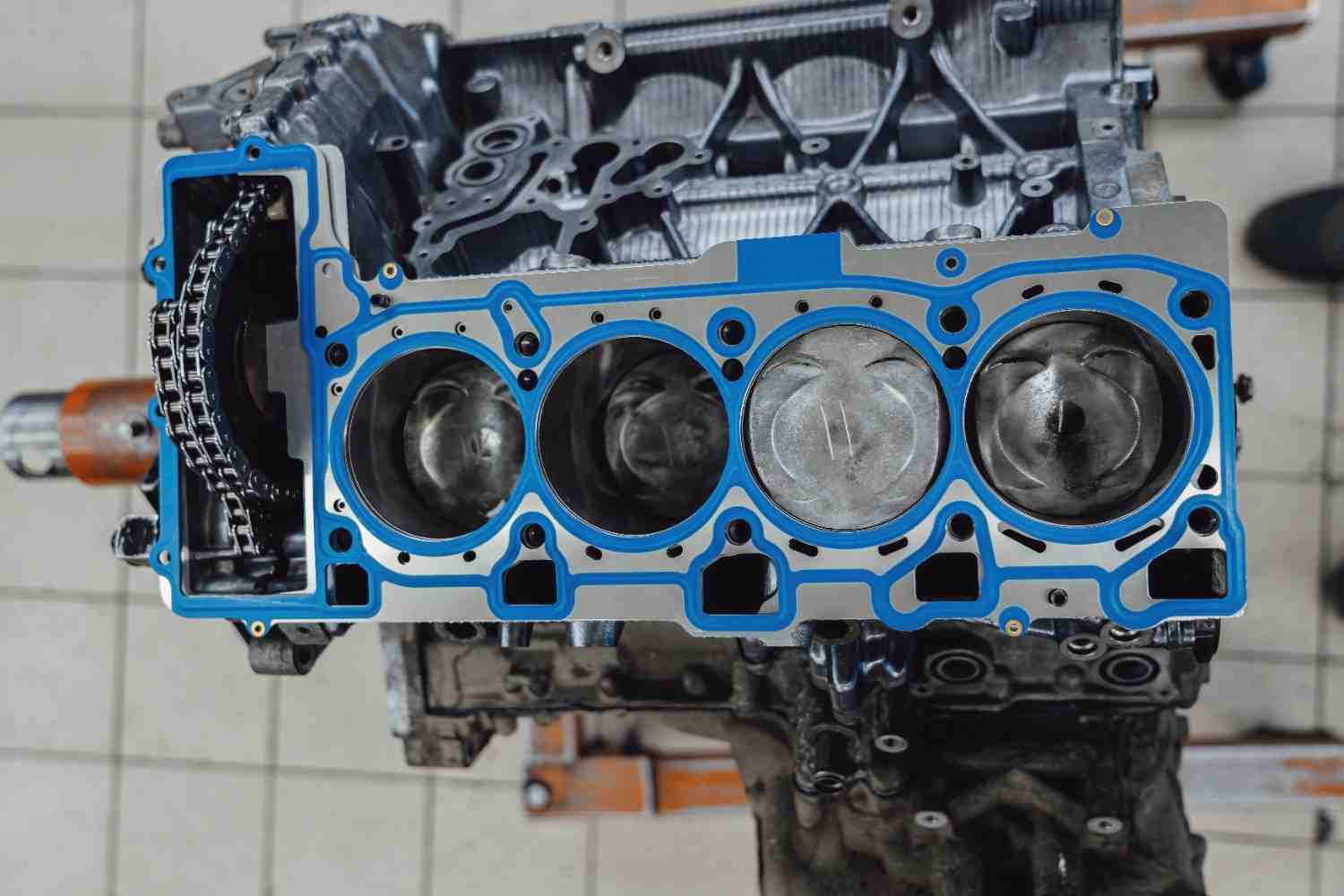
How Automotive Gaskets Survive Extreme Conditions
Gaskets are the saviors of vehicle engines–components that can withstand both intense heat and bitter cold, as well as huge temperature fluctuations. These seals must also be resistant to oil, coolants, and other chemicals if they are to survive long-term and do their job effectively. Gaskets work by forming a tight seal between two or more engine components, which can be cylinder head to engine block, oil pump to cylinder block, and so on. They can be made from a variety of materials such as cork or paper-based products, although durable rubber is common. We expect starting to drive our cars “first thing” in the morning to be a pretty stress-free experience, but spare a thought for what it’s like being a gasket at this time:
- Temperature Swings from Arctic Blast to Fiery Inferno: Your engine will probably have been cold-soaked for many hours and overnight this can cause it to shrink slightly; up to 0. 01% isn’t unusual because of contraction. If new gaps appear around a gasket because of this you might find that leaks suddenly appear from nowhere. Besides coping with Arctic-blast-type conditions gaskets near an exhaust manifold have to deal with temperatures exceeding 230°C – that’s hot enough to cook most things that aren’t covered in metal. To keep performing properly, these seals must work when there is a very big difference in heat levels on either side of them; perhaps from -40°C after a cold start up past 200°C when things are running nicely.
- Chemical Warfare: A Toxic Cocktail: Some automotive gaskets have to contend with fluids that would be quite at home in a hazardous waste dump. A fine blend of engine oil, antifreeze (coolant), and combustion gases forms an inhalation risk for a start and can prove pretty nasty upon skin contact too. This environment will degrade certain types of rubber over time, with predictable results such as intermittent seepage or sudden catastrophic failure. When a gasket cannot handle pressure, it causes leaks and may make the engine break down.
- Conditions Similar to a Pressure Cooker: In high-performance situations, gaskets must be able to stand up to intense pressure without failing. Consider this: combustion in your engine produces pressures so great they can exceed 1450 pounds (around 660 kgs) per square inch—over 100 times what many car tires are inflated too! If a gasket can’t take the heat (and stress), you might end up with leaks or even worse: an engine that doesn’t work at all.
- Constant Movements: Engines are not solid things that never move a thousandth of a millimeter! They vibrate and move because they get hot and cold. The gasket we choose has to move with the engine (still keeping it sealed) If the engine is moving but the gasket is rigid, after a while the gasket will stop working properly and there might be leaks or other problems. To deal with this, we need to know all about how different gasket materials work in these conditions. Then we can choose one that does work!
In the next part, we look at some specific things you need to think about before deciding on high-performance gaskets for your car. This will help ensure that its engine continues functioning well into the future. We suggest you read our previous publishing on Rubber Gasket Sealants: The Perfect Solution for Many Use Cases, so u can get a better picture of their wide usage.

Automotive Gaskets Material Selection: A Helpful Guide
It’s tough to choose the right gasket material for your engine—it’s like going through a maze! Each path you take will lead to a different material, and they all have strengths and weaknesses. To keep your engine running well without leaks, there are some things you need to think about:
Temperature Resistance Requirements
Gaskets have to cope with cold as well as blazing heat—they get some rough treatment. The most common materials used for extreme temperature differences include:
- Nitrile Butadiene Rubber (NBR): This is a good choice if you’re counting your pennies (it withstands temperatures up to 130°C). NBR copes very well with engine oil, petrol, and other fluids that are based on petroleum. But there’s a problem: it may not stand up to modern synthetic oils or high temperatures.
- Fluoro-silicone (FKM) – Viton: If you need something that will work at even higher temperatures this could be what you’re after (it can cope with up to 300°C). FKM does better at extreme temperatures than NBR and also resists a wider range of chemicals; for example, it is great stuff near the very hot exhaust manifold in high-performance engines. However, it is more expensive.
- Silicone (Si): For flexibility over a wide range of temperatures, look no further than this product which remains flexible between –50°C and 260°C. Silicone has superior flex life and temperature resistance and is able to operate where old types of gasket perished. It is the best product for those looking at resistance to ozone, weathering, and certain coolants — but not to fuels or oils.
Differences in temperatures are a primal factor for your gaskets so choose by being informed.
Resistance to Chemicals and Abrasives
Some gaskets cannot cope with the chemicals in engine fluids. So choose wisely!
- Know Your Enemy: Find out what chemicals are in the various liquids and gases with which your gasket will come into contact by reading their material safety data sheets you must identify chemical compositions correctly.
- Choose Your Armour Wisely: Do not use a gasket material that dissolves when it encounters materials that make up gas or liquid passing through it. They sell special ones for particular jobs. EPDM for example resists coolants and hydraulic fluids brilliantly but will fail if in contact with acids or brake fluid.
- Long-Term Exposure Matters: Also bear in mind that even if a material is resistant to a solvent when tested briefly this does not mean it will perform well after contact every day for six months. Some gaskets can lose their ability to seal effectively because of extended exposure, becoming brittle.
- Compression Set: Fighting deformation compression refers to how much a gasket deforms permanently under pressure. This deformation affects its capacity to form tight seals: those that deform more over time (i.e. have higher levels of compression) are more likely than those with lower levels. Some high-performance examples go below 10 percent to leak as they no longer make sufficient contact points.
Look for firms like Tehnoguma which formulate their products using special fillers designed specifically to minimize these effects and ensure long-lasting performance without leakage. You can also read this article Custom Rubber Bushings: A Versatile Solution for Industrial Needs so you can have better insights of the specially crafted bushings for specific requirements and needs.
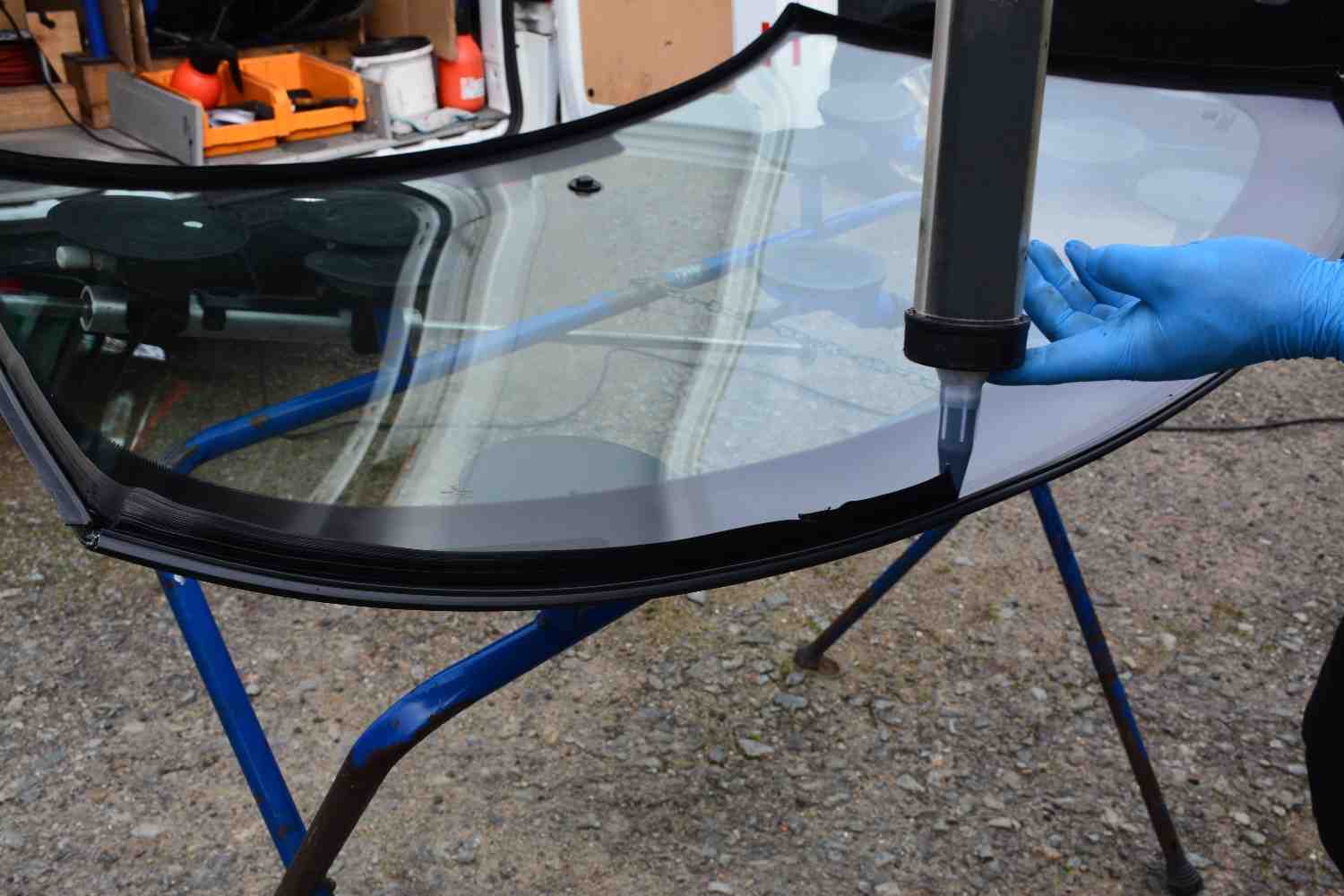
Automotive Gaskets – Pressure Battle: The Fight Against Compression Set
Compression set poses a threat to any well-sealed engine. It is a term used to describe how much a gasket material deforms permanently when constantly pressed between engine components. Such deformation may prevent the gasket from sealing effectively—causing leaks and other troubles. That’s why this value needs to be low!
- Risk of Leakage: When under pressure, a gasket will change shape. If the amount of deformation (compression set) becomes too great, there could be gaps between it and another part; such openings allow fluids or gases to escape. Engine performance may suffer as a result—and there could even be damage.
- The Numbers Game: those with lower percentages can expect their gaskets not to leak as they age—you want long-term sealing performance don’t you? A typical example might help clarify things further here.
- Materials Matter: What the gasket is made from has a big effect on how resistant it becomes over time to take up too much space (deforming). Some materials fare better than others hence manufacturers are being asked for data sheets that show such details including NBR 25% max FKM 15% max etc.
- Reducing the Menace: Fillers like those produced by Tehnoguma do an excellent job at stopping gaskets from changing shape too much while squashed flat between two engine parts. Gaskets with these fillers plus advanced materials will give you peace of mind knowing your motor isn’t going to spring any surprise leaks anytime soon!
Your engine requires a tough gasket to survive the extreme conditions inside: heat, pressure, and chemicals. Follow this advice to help you choose the right one. When choosing a gasket material think carefully; make the right choice and it will protect your engine–quietly ensuring top performance over long distances.
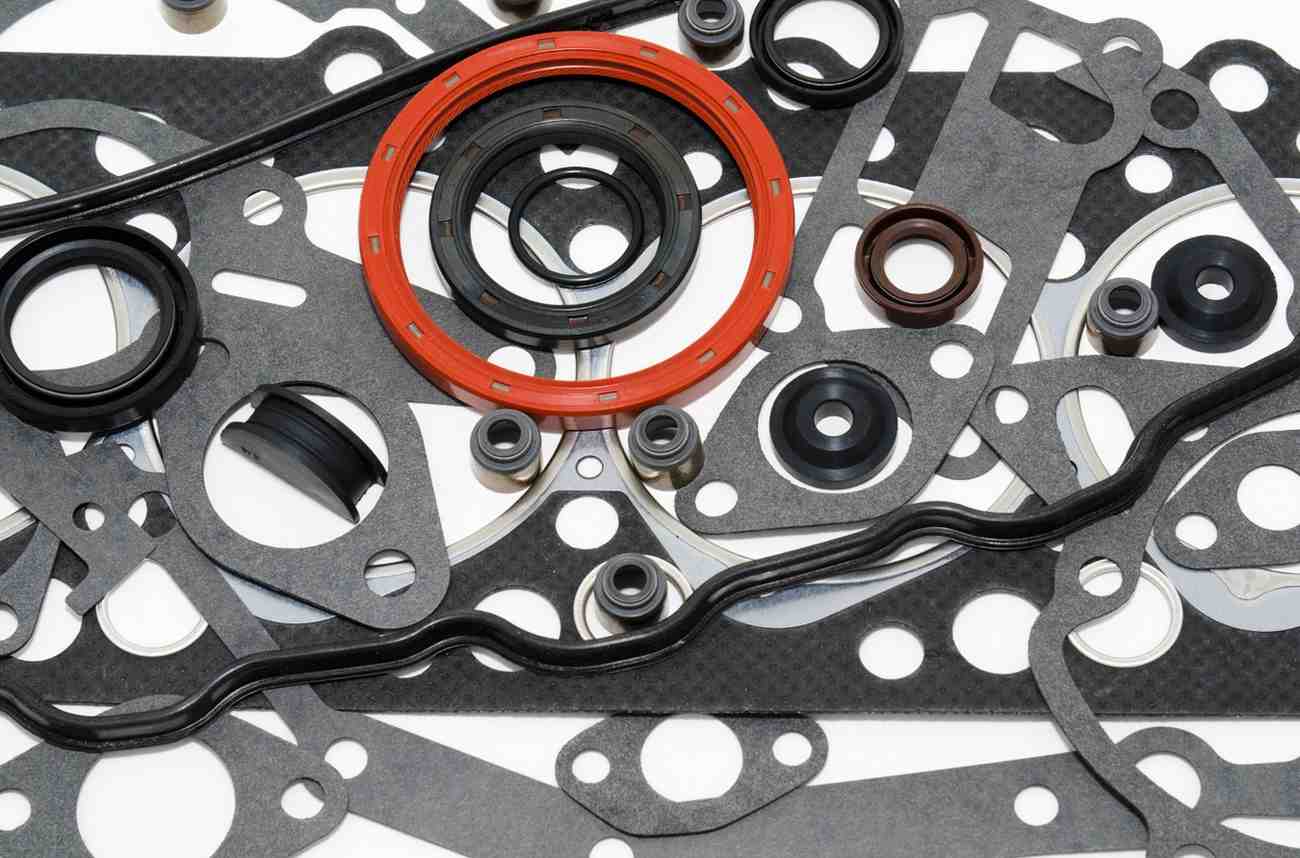
Choosing an Automotive Gasket Material: Cost, Performance, and Environmental Impact
Selecting the correct gasket material is more than just making sure it can handle the heat of an engine–you also need to think about how well it works, what it costs, and whether this has any implications for the environment. To make the best informed decision it is better to consult our support expert team and even get the calculations to reach a certain quote. Additionally, here is some extra information to help you make up your mind:
Balancing cost with performance (costs are shown in US dollars)
FKM is one type of gasket stuff that does a particularly impressive job at both being hot and not reacting with many chemicals. It therefore works brilliantly in high-performance engines–but usually costs between 20-50% more per unit than NBR. NBR gaskets may not be quite as capable as FKMs overall but they can handle everyday engine oils and petrol well; they start to struggle at higher temps or with some modern synthetic oils.
Think about exactly what you need from your purchase
If you have a car or van that you used to go to the shops or ferry the kids about then there is no point paying over the odds for top-of-the-range gear.-But if you own something with serious horsepower (or torque) why scrimp on parts that could help its motor last longer while producing maximum power output?
Environmental considerations (VOC emissions data given in grams/liter)
Some gasket materials produce volatile organic compounds which when released into the air contribute to pollution.-Legislation governing how much of these VOCs can be emitted legally is being tightened up everywhere meaning new rules might affect what sort of seal you can buy. Several firms manufacture seals designed specifically to meet both operational needs and national/international environmental standards.
Availability and Its Importance in Preventing Production Delays (Measured in Days)
Don’t let this happen to you, use good gasket material that is available! If the chosen material is not kept on hand by reliable suppliers, when it comes time for repairs or maintenance there may be long waits–even for common items. To avoid such problems, make sure that whatever type or brand of gasket you select, is regularly stocked in sufficient quantity by well-known firms.
If working on an engine with a tight schedule because, say, it’s needed for racing this weekend or a load must be delivered ASAP consider checking availability before ordering parts–sourcing them from places which keep lots of different in inventory.
By taking all points into consideration users can make choices that will help keep performance at their peak output levels whilst also benefiting funds set aside for other uses plus acting in an environmentally friendly manner.
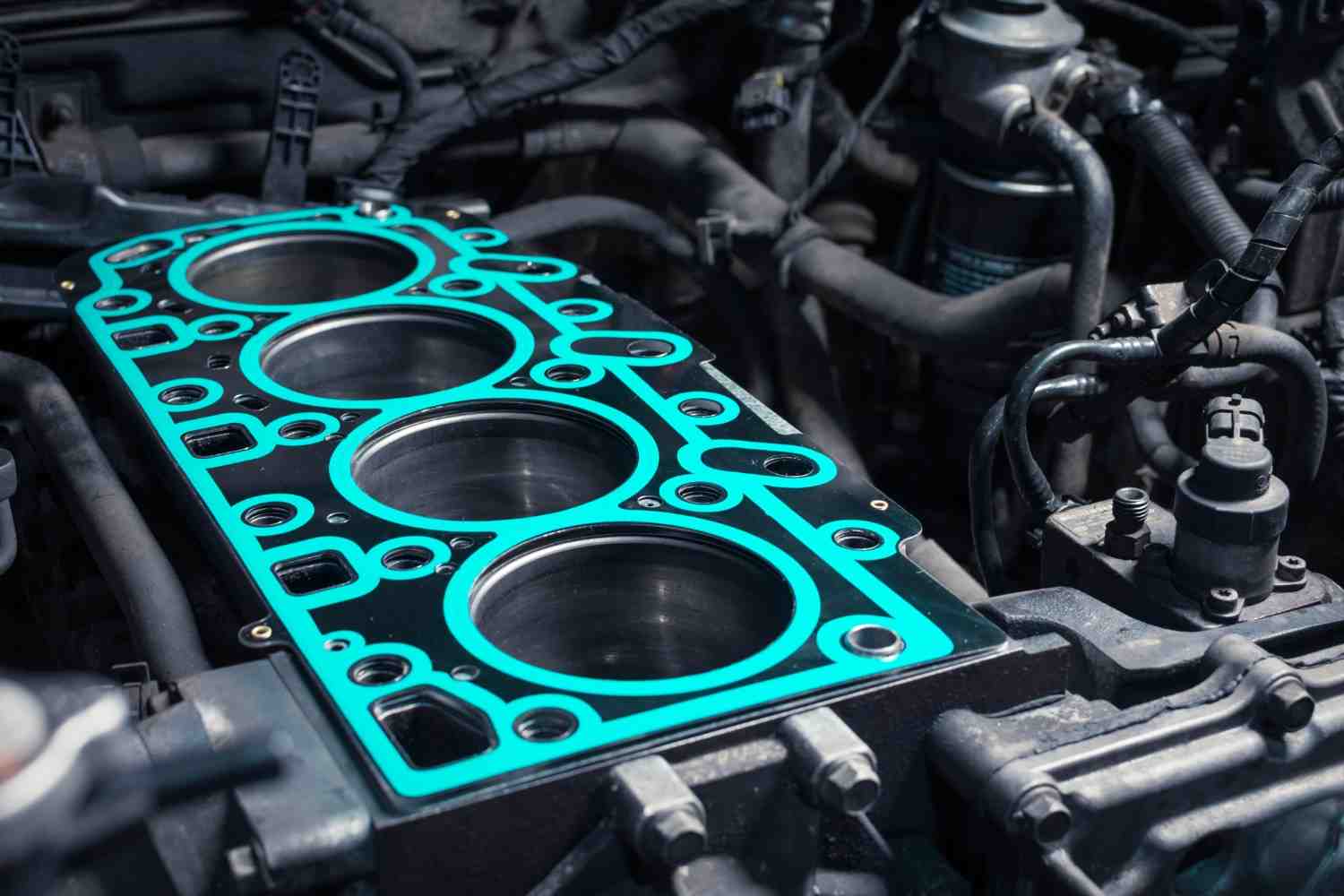
Conclusion
Your car’s engine operates in a harsh environment–it deals with high temperatures, chemicals, and lots of pressure all the time. No wonder a leaky automotive gasket can cause problems; even breakdowns. This guide reflected on how to choose the right material for your needs. You don’t need to be a materials scientist: all you have to do is understand a few basic things. For example: your engine gets very hot when it’s working hard, but might not start if it gets too cold. Some engine fluids can break down (degrade) certain gasket materials over time. A gasket material with a low compression set will make sure that all your gaskets keep doing their job properly – both now (tight seal = no leaks) and after lots more miles/kilometers. Oh, and one more thing: whatever gasket material you choose should be OK with every fluid running around inside your engine. It doesn’t matter if this stuff is natural (like petrol/gasoline) or synthetic (coolant/anti-freeze). Once you’ve got an idea about costs etc., there are only three words left to consider: availability, legislation, and environment.
You can see our markets and services area for comprehensive coverage of your requirements. Moreover, our support experts wait for your call and are here to assist in any manner. Reach out to our support team today and receive results beyond your expectations.
